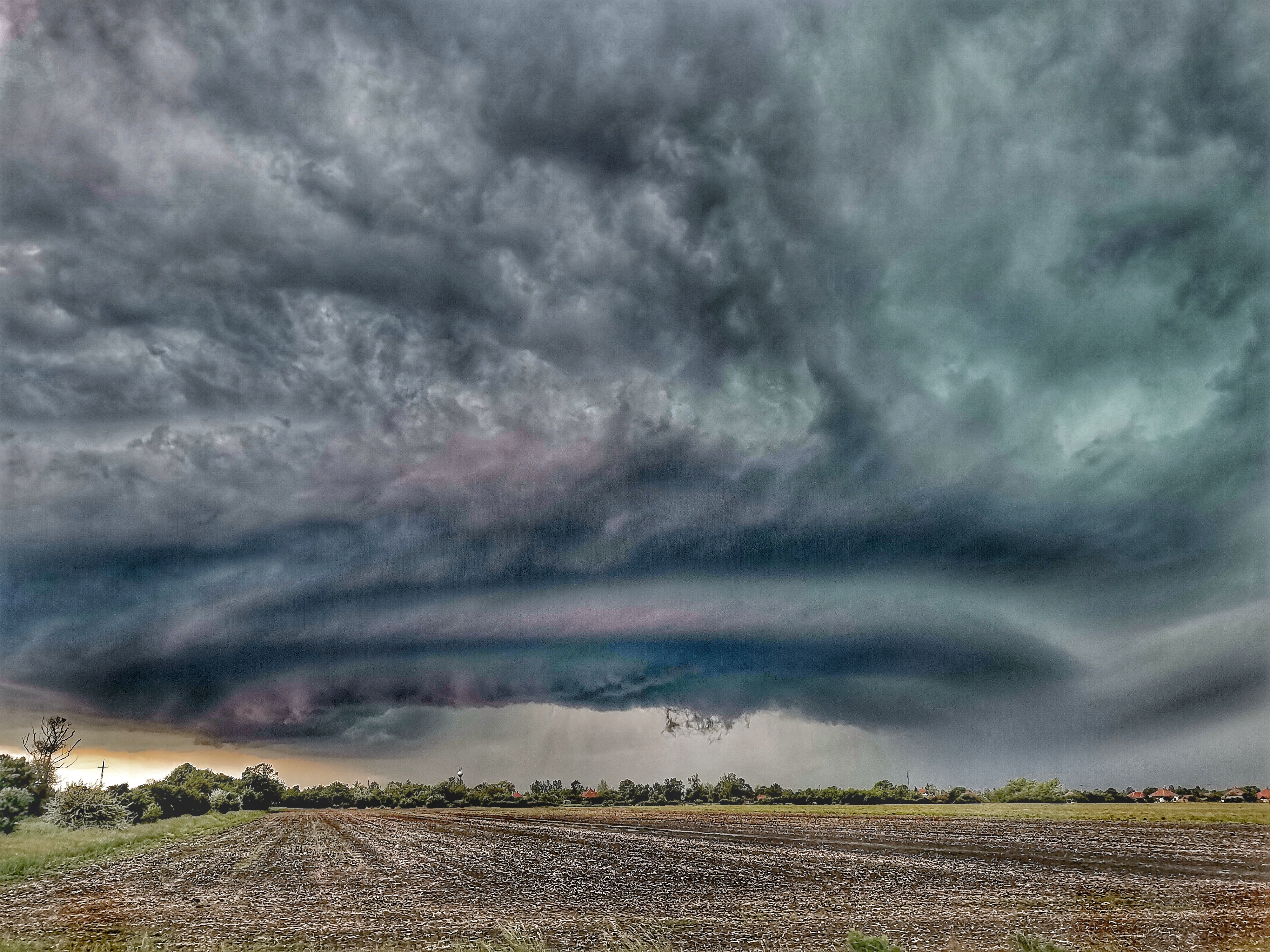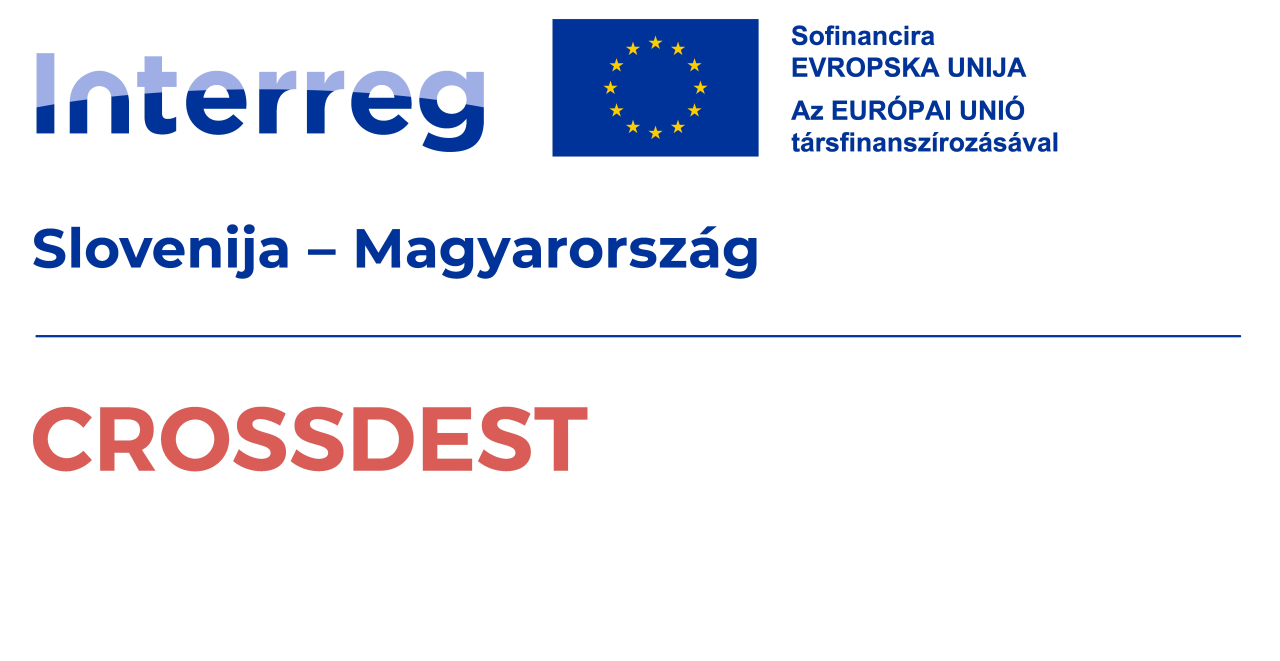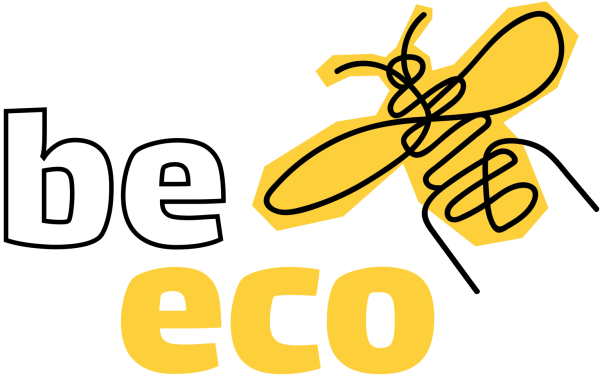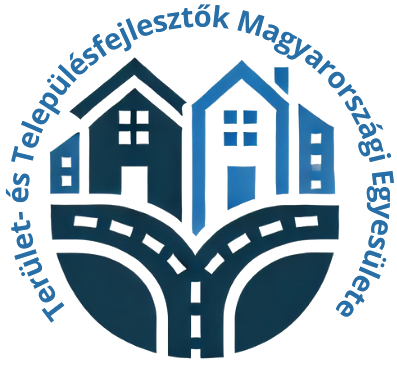-

Photo: Bere Gyula -

Photo: Berec Zsolt -
Photo: Bere Gyula -
Photo: Bere Gyula -
Photo: Bere Gyula




















Ecsegfalva
Discover the rich past of Ecsegfalva! The village’s ancestor, Ecseg, was inhabited as early as the Árpád era but was destroyed during the Turkish conquest. After water management reforms in the 18th century, the area began to revive, and it saw significant population growth following the Nagyatád land reform in the early 20th century. Ecsegfalva became an independent village in 1949, and its development has always been driven by community effort, with locals working together to create essential infrastructure. The village still preserves its natural beauty, with a rich bird population and the Hortobágy-Berettyó River making it a popular destination for hunting tourism. Notable landmarks include the Sacred Heart of Jesus Church and the Ecsegpuszta Nature Reserve, part of the Körös-Maros National Park.
Arrival
- Walk
- Bike
- Car
- Public bus transportation
Public transport
- bus
Parking information
- Free outdoor parking available
Sustainability level
Topic 1: Destination Management 43%
- Visitor management: 60%
- Commitment and organization: 88%
- Design & development: 17%
- Monitoring and reporting: 50%
- Legal and ethical compliance: 0%
Topic 2: Nature and landscape 22%
- Nature and wildlife protection: 33%
- Nature and conservation: 10%
Topic 3: Environment and climate 6%
- Land use and pollution: 0%
- Water management: 20%
- Energy, sustainable mobility and climate change: 0%
- Adaptation to climate change: 0%
- Waste and recycling: 10%
Topic 4: Culture and traditions 33%
- Cultural heritage: 67%
- People and traditions: 0%
Topic 5: Social Welfare 14%
- Health and safety: 0%
- Local economy: 20%
- Socio-economic impacts: 0%
- Community participation: 50%
- Human dignity: 0%
Topic 6: Business and Communication 56%
- Business participation: 11%
- Information and marketing: 100%


